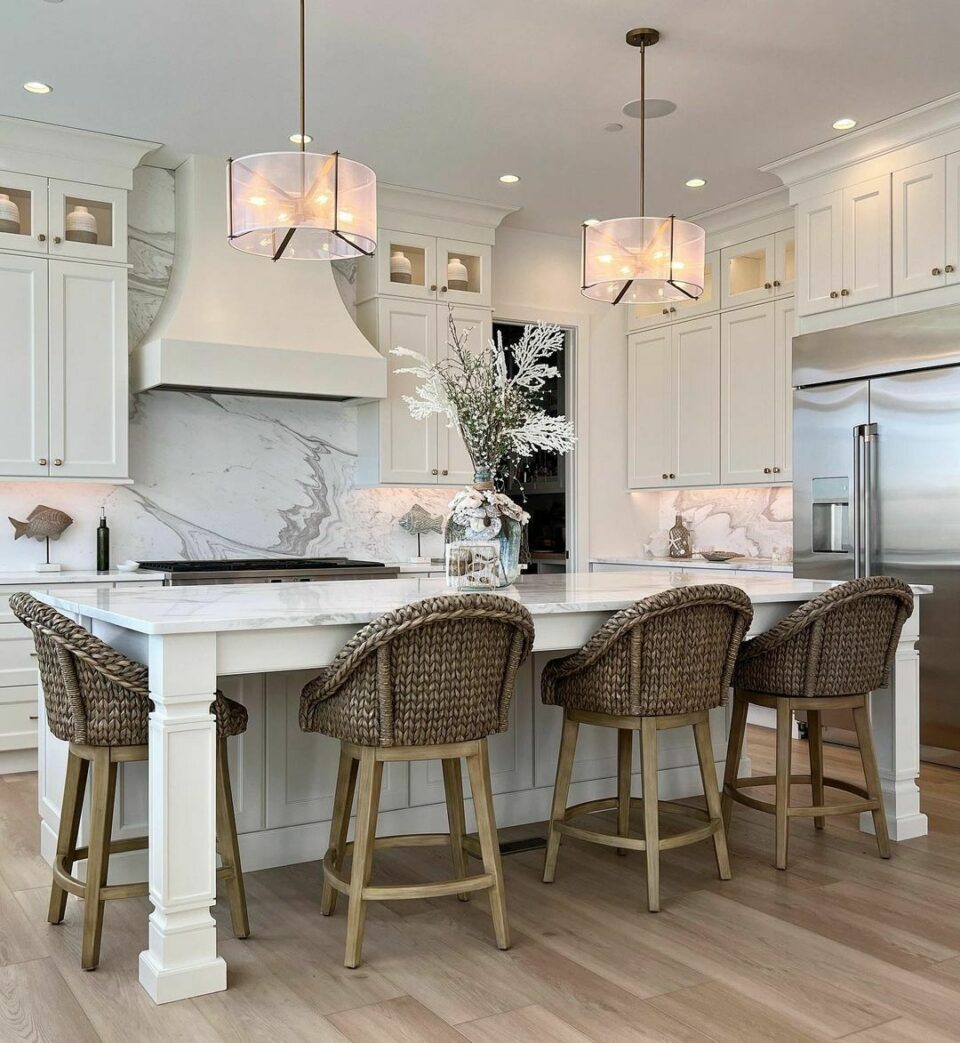Vital Aspects to Take Into Consideration When Selecting Legs For Kitchen Island
Selecting the ideal legs for a kitchen island involves a careful analysis of numerous variables that can significantly influence both functionality and visual allure. As we discover these components, it ends up being clear that each decision can have significant effects for the overall kitchen experience.
Material Options
When selecting legs for a cooking area island, recognizing the various material choices is crucial for accomplishing both aesthetic allure and architectural honesty (Legs For Kitchen Island). The choice of product significantly influences not just the durability of the island but also its total layout and functionality
Steel legs, usually made from stainless steel or wrought iron, add a commercial and contemporary feel while making sure durability and security. These products are immune to use and can support substantial weight, making them ideal for bigger islands.
An additional choice is engineered products, like MDF or plywood, which can be extra cost-efficient while still using a series of finishes. They might not supply the same degree of stability as strong timber or metal. Legs For Kitchen Island. Last but not least, materials such as acrylic or glass can create a modern look, though they might need added support to ensure security.
Ultimately, the option of material for cooking area island legs ought to straighten with the desired functionality and the general theme of the kitchen area.
Design And Style

When considering design, the form and surface of the legs are critical. Conical legs can provide a sense of agility and beauty, while thicker, extra robust legs can share strength and security. In addition, the finish-- be it repainted, stained, or natural-- need to complement the cabinets and kitchen counter materials to produce a unified appearance.
Furthermore, the style of the legs can additionally reflect personal preference. Custom or ornamental legs, such as those including detailed carvings or distinct geometric forms, can work as prime focus, adding character and character to the cooking area. Ultimately, the best option will certainly not just boost functionality but likewise raise the visual charm, making the cooking area island a standout attribute of the home.
Elevation Considerations
Choosing the suitable height for kitchen area island legs is vital, as it straight influences both capability and convenience. The typical elevation for a cooking area island typically ranges from 36 to 42 inches, aligning with common countertop elevations. A 36-inch elevation is excellent for food prep work and food preparation, enabling comfy usage recommended you read of kitchen area home appliances and tools. Conversely, a height of 42 inches is often chosen for islands planned for bar seating, accommodating taller feceses and using a laid-back dining experience.

It is likewise vital to account for customers' preferences and elevations. Personalizing the elevation can make sure a comfortable experience for all member of the family, making the cooking area island a more useful and satisfying space.
Weight Support
Ensuring appropriate weight assistance for kitchen area island legs is essential for both security and capability. The kitchen island usually serves several objectives, including food prep work, eating, and additional storage, demanding a robust support framework. When picking legs, it is essential to take into consideration the overall weight capability called for based upon the island's intended use and the materials that will certainly be positioned on it.
The choice of material for the legs plays a substantial duty in their weight-bearing capabilities. Solid timber, steel, and sturdy compounds generally offer exceptional stamina contrasted to lighter materials. In addition, the design of the legs-- whether they are directly, tapered, or have a pedestal kind-- can affect their capability to distribute weight successfully throughout the framework.
Constantly speak with the producer's specifications regarding lots limitations to guarantee that the legs can maintain the desired weight without jeopardizing safety. In recap, choosing kitchen island legs with ample weight assistance is important for creating a secure and functional culinary area.
Installation and Upkeep
Correct installation and maintenance of cooking area island legs are crucial for making sure long life and stability. This typically entails securing the legs to the island base using proper bolts, making certain that the legs are level and lined up.
When mounted, normal maintenance is necessary to protect the stability and look of the legs - Legs For Kitchen Island. For wood legs, routine cleansing with a wet towel and application of suitable wood more gloss can prevent dampness damage and preserve their coating. Steel legs might need a gentle cleansing option to remove grease and crud, complied with by a completely dry towel to avoid rust formation
Additionally, evaluate the legs regularly for indicators of wear or damage, such as cracks or loose joints. Tightening up screws or screws as needed can also extend the lifespan of the legs. By sticking to these setup and upkeep methods, homeowners can make certain that their kitchen island continues to be durable and aesthetically appealing for many years ahead.
Final Thought

Aesthetic coherence is vital in picking the style and design of legs for a kitchen area island, as these components greatly influence the general atmosphere of the area. Conical legs can give a sense of lightness and beauty, while thicker, a lot more durable legs can share toughness and security.Picking the appropriate height for kitchen island legs is important, as it straight affects both performance and convenience. In recap, choosing kitchen area island legs with appropriate weight assistance is necessary for developing a secure and useful culinary area.
In final thought, selecting legs for a kitchen island necessitates More hints careful factor to consider of numerous variables, consisting of product alternatives, style, height, weight support, and installment.